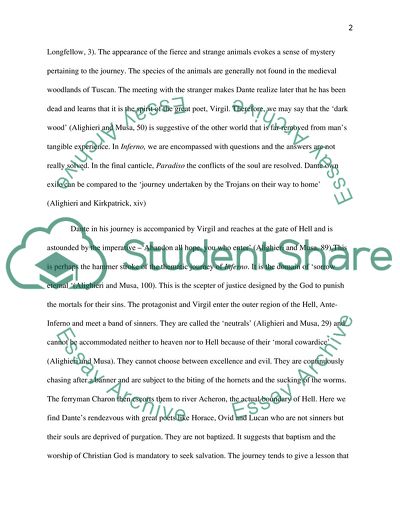Cite this document
(The Thematic Importance of Journeys in Dante Inferno Literature review, n.d.)
The Thematic Importance of Journeys in Dante Inferno Literature review. Retrieved from https://studentshare.org/literature/1747528-discus-the-thematic-importance-of-journeys-in-dante-inferno
The Thematic Importance of Journeys in Dante Inferno Literature review. Retrieved from https://studentshare.org/literature/1747528-discus-the-thematic-importance-of-journeys-in-dante-inferno
(The Thematic Importance of Journeys in Dante Inferno Literature Review)
The Thematic Importance of Journeys in Dante Inferno Literature Review. https://studentshare.org/literature/1747528-discus-the-thematic-importance-of-journeys-in-dante-inferno.
The Thematic Importance of Journeys in Dante Inferno Literature Review. https://studentshare.org/literature/1747528-discus-the-thematic-importance-of-journeys-in-dante-inferno.
“The Thematic Importance of Journeys in Dante Inferno Literature Review”. https://studentshare.org/literature/1747528-discus-the-thematic-importance-of-journeys-in-dante-inferno.


